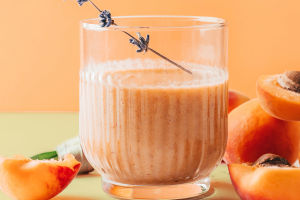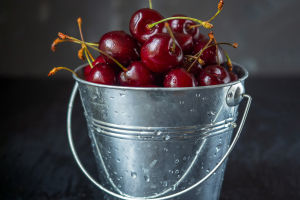Essential oil is the essence extracted from the roots, stems, leaves, flowers, fruits, seeds, resins and other parts of aromatic plants.
Essential oil is a volatile aromatic substance secreted by plants to avoid damage by natural enemies, and it is also essential to healing itself. for example, when the bark of frankincense trees cracks in the dry season, frankincense trees will secrete essential oil-containing frankincense resin at the crack to repair the wound.
Not all plants can produce essential oils. Only those plants that contain oil glands can produce essential oils. The oil glands of different plants are distributed differently, some on petals, some on leaves, and some on rhizomes or tree trunks.
The oil glands contain volatile aromatic molecules, and the liquid recovered by evaporation and condensation is what we call "essential oils".
Because most essential oils are transparent liquids and have high fluidity, they are called "oils" but they are not greasy at all. They are essentially different from the oils we eat every day and the vegetable oils we use for aromatherapy.
The main component of vegetable oil is a fatty acid, which is not volatile. Compared with vegetable oils, essential oils usually evaporate completely without leaving oil stains or residues.
Essential oils enter the human body in two main ways. One is through the sense of smell, the other is through the skin.
The first olfactory pathway, the smell is the oldest human sensation, when aromatic molecules enter the nasal cavity, there is an olfactory bulb in the nasal cavity, which is connected to the limbic system of our brain, which is connected to the hippocampal gyrus and the amygdala
Which can affect memory, mood and behaviour, and regulate our endocrine.
The second way to enter the human body is through the skin. The essential oil is diluted in the base oil and smeared on the skin, absorbed to the capillaries through the skin, participates in the whole body blood circulation, regulates various organs of the body, and finally achieves the effect of physical and mental regulation.
Essential oil molecules are small, so it is easy to enter the bottom of the skin through pores, sweat glands and other pipes, infiltrate into the microvessels, and then reach the whole body through blood circulation. After a few minutes of application, the active ingredients of the essential oil can be found in the blood.
Essential oils have long been recorded in Babylonian literature and were officially introduced into the field of medicine by French doctors in 1955. In 1943, German officials and the European Union approved phytotherapy and formally promulgated regulations related to its use.
Now, in many countries, aromatherapy based on essential oils has been formally incorporated into the healthcare system


